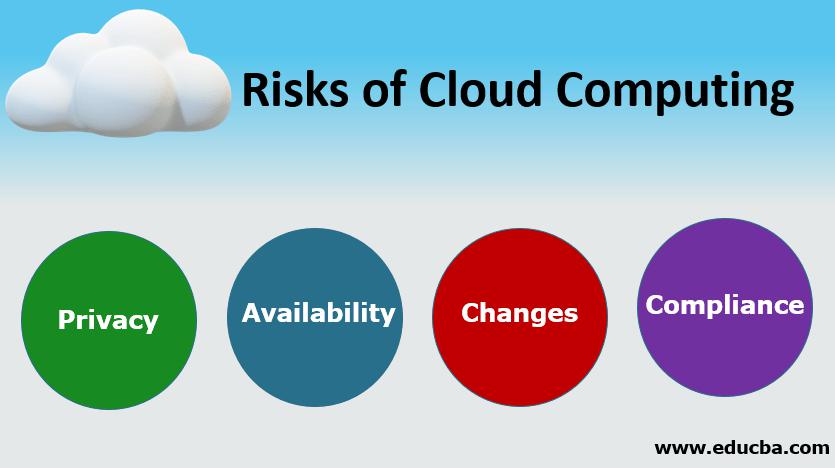Reduce costs. Simplify IT. Become efficient. Sounds simple, right? Migrating your company’s IT to the cloud comes with benefits but also a few risks. Fortunately, the risks are easy to understand and easy to mitigate as part of the migration.
Small and midsize businesses (SMBs) can leverage financial benefits by moving to a cloud platform like Azure, Microsoft’s cloud computing service for application management. Server costs are shifted from capital expenses to operational expenses. Purchasing on-premises server hardware is a thing of the past. So is depreciating the server hardware and software costs. The expense is spread out into easier-to-swallow monthly costs.

Forecasting computer and storage needs becomes much easier. Typically, when purchasing servers and storage, your IT team must estimate the needs of the organization three to four years in the future. Correctly sizing the environment can be difficult. The cloud alleviates these arduous and often inaccurate planning exercises. A key advantage of the cloud is the ability to scale your business as needed. No up-front planning. No up-front costs. You only pay for the resources you need.
The concept of purchasing new hardware every three to four years and paying for extended warranties, doesn’t apply. In the case of Azure, Microsoft takes care of the headache of keeping hardware refreshed and current. If hardware fails in the cloud, your cloud resource (Virtual Machine or Platform as a Service feature) will simply move to another piece of hardware within the data center.
It’s no surprise that cost is the biggest issue for executives when deciding to migrate to a cloud service. Monitoring the monthly cost is important, but not difficult. Alerts can be set, with certain metrics, so you can review and control the spend. Important with cloud platforms, you pay for what is in use. When resources are no longer being used, but are left running within the cloud, they continue to rack up charges. This is one of the biggest differences from on-premises deployments where leaving resources running isn’t a cost issue. In the cloud, that’s money being spent.
Disaster recovery also needs to be planned for when utilizing cloud technology. For example, while Azure will handle a lot of the High Availability (failures within the Microsoft Azure Region) automatically, disaster recovery is the responsibility of the company using Azure. The good news? Planning and implementing a disaster recovery plan is easy to do-;whether you are using Infrastructure as a Service (Virtual Machines) or Platform as a Service. The tools are included within the Azure platform to set up needed disaster recovery. The biggest challenge for an SMB is planning the disaster-recovery requirements for the application to fit within the budget for disaster recovery.
Finally, some subscribe to the “multi-cloud theory,” believing that applications should be spread across multiple cloud resources. Azure would be one cloud, with a second cloud resource for disaster recovery. Multi-cloud gets very complex very fast and usually isn’t needed. In the case of Azure, each region is independent from the other. In the event of a failure of an entire region, the other regions would be completely unaffected. In the event of a failure of the Azure portal, which is the management interface, there would be no impact on services currently running within the Azure platform. A portal failure would only cause the administrators to be unable to manage the cloud infrastructure while the cloud portal was offline. None of the resources running within the cloud would be affected.
Time spent in advance to review requirements and make sure any issues are correctly mitigated is time well spent. The risks inherent to cloud computing are manageable. The financial benefits are great. Plan your work, and work your plan for success.
Mar 14, 2022








